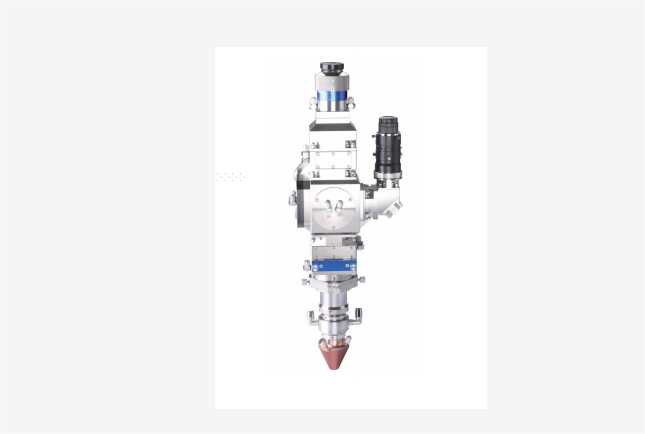https://www.facebook.com/amysun29/videos/1743641429777554
The temperature focus compensation feature in laser cutting refers to adjusting the focus of the laser beam based on the temperature of the material being cut. This is important because the thermal properties of a material change with temperature, which can affect the interaction of the laser with the material.
How it works:
Material heating: When a laser cuts a material, the heat generated causes the material to expand, change density, and even change its absorption characteristics.
Focus adjustment: The temperature focus compensation feature monitors the temperature changes of the material. Based on these changes, the focus position of the laser is adjusted in real time. This ensures that the laser maintains optimal cutting conditions even as the material properties change.
Precision control: This feature improves cutting accuracy, reduces defects, and improves overall cut quality, especially in processes involving heat-sensitive materials.
Applications:
Metals: In metals like steel or aluminum, where the expansion due to heat is significant, this feature is critical.
Plastics: For materials like plastics, which can deform or melt, focus compensation helps maintain cut quality.
Thin or multi-layered materials: In cases where the material is thin or consists of multiple layers, maintaining the correct focus is critical for consistent cutting.
Benefits:
Improved cut quality: Ensures clean, precise cuts by maintaining optimal focus.
Reduced material waste: By compensating for thermal effects, this feature reduces errors that can lead to waste.
Enhanced process stability: Maintains consistent cutting conditions, improving overall process reliability.
This feature is particularly valuable in high-precision industries such as aerospace, automotive and electronics manufacturing, where even small deviations in cut quality can cause major problems.

